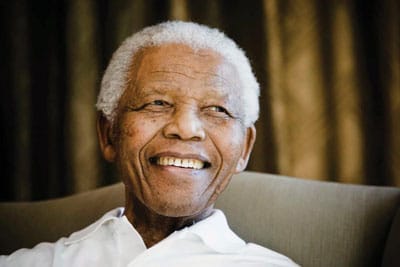Advisory Board
Neville Agnew is a specialist on conservation/protection of cultural as well as other global heritage sites and artifacts. Dr. Agnew is a group director of the Getty Conservation Institute in California, United States of America.
Megan Biesele is an anthropologist who has worked with the Kalahari San/bushmen peoples of southern Africa for over 30 years. Dr. Biesele is a professor at the University of Texas-Houston and a director of the Kalahari Peoples Fund, which she co-founded as an advocacy/education group for the San/Bushman communities in Namibia and Botswana.
Jean Clottes is internationally known for his research and management work at France’s Chauvet Cave (site of the oldest known cave art). Dr. Clottes has served as president of the International Committee of Rock Art and the International Federation of Rock Art Organisations. Dr. Clottes has published over 300 scientific articles and written or edited 21 books. He also accompanied David Coulson and Alec Campbell on a number of important rock art expeditions in the Sahara Desert and East Africa.
Lazare Eloundou is an architect and African Heritage professional who has worked in the continent on various heritage matters for many years ranging from the training of heritage professionals to planning low-cost urban development and the promotion of earth architecture. Mr. Eloundou is Head of the Africa Unit at UNESCO’s World Heritage Centre in Paris. Currently, he is also in charge of UNESCO’s Mali office with responsibility for ensuring the restoration of the destroyed Mali World Heritage sites in using Timbuktu.
Robert Hitchcock is Professor of Anthropology and Geography, and the Coordinator of African Studies at the University of Nebraska-Lincoln. He has worked as a cultural anthropologist and a development consultant on land use and resettlement planning, social impact analysis, natural resource management, conflict resolution, and human rights issues. He is a co-founder of the Committee for Human Rights of the American Anthropological Association and the Kalahari Peoples Fund.
Annette Lanjouw studied behavioural ecology of bonobo in the Democratic Republic of Congo. Dr. Lanjouw has worked on conservation of Great Apes in the Democratic Republic of Congo, Rwanda, and Uganda, with an emphasis on integrated conservation and development as well as building individual and institutional capacity of conservation/development leadership in Africa. She has worked with the Howard G. Buffett Foundation, Frankfurt Zoological Society, Wildlife Conservation Society, Worldwide Fund for Nature, African Wildlife Foundation, and Fauna and Flora International among others. With TARA, she conducted two missions in Niger, in order to advise on conservation of rock art sites as well as integrating conservation within community development.
John Parkington is professor of anthropology and archaeology at the University of Cape Town and one of the foremost rock art specialists in Southern Africa. Apart from rock art his research interests include rock art, hunter-gatherers, coastal archaeology and archaeological method and theory. He is the author of many books and publications on rock art and is well known for his community conservation work in the Cedarberg area of the south Western Cape.
Heinz Rüther is Professor Emeritus of anthropology and a Fellow of the University of Cape Town and South African Academy of Engineers. Professor Rüther is a member of the South African Academy of Science and is a past Council member of International Society for Photogrammetry and Remote Sensing. Professor Rüther is the Principal Investigator of the African Cultural Heritage Sites and Landscapes Project; also, he serves as the Scientific Coordinator of the Lake Rukwa Basin Integrated Project in Tanzania.
Abdellah Salih was for many years a voice in the wilderness in Morocco; he realised that many ancient engravings were being stolen as well as defaced and spoke out on this subject until he was finally heard. In the early 2000s, he was Director of IRCAM (Institut Royal de Culture Amazighe) in Rabat when he set up the first rock art conservation projects in the Zagora area of south western Morocco. He is now Director of Culture at the Ministry Culture and remains a powerful advocate for rock art in Morocco. In 2010, he succeeded in raising the funds to host an international workshop on rock art theft and vandalism (Rock Art in Peril) in Morocco which TARA organised.
Roberta Simonis is an expert on North Africa rock art and is based in Milan, Italy. Roberta Simonis and Giancarlo Negro are publishers of the prestigious annual scientific journal ‘Sahara’. Each have made many important expeditions in the Sahara in search of rock art and have made a major contribution to rock art research in this area.
Nigel Winser was born in Kenya and for many years was Deputy Director of London’s Royal Geographical Society. He is now Executive Vice President, Middle East and India for Earthwatch International and Chair of Oman programme. Two of Nigel’s most successful and much published expeditions while at the Royal Geographical Society were the Wahiba Sand Project in Oman and the Mulu caves expendition to Sarawak. Mr. Winser was leader of the highly successful Wahiba Sands Project in Oman and played a major role in the successful fundraising operation that has allowed the London’s Royal Geographical Society to substantially expand and upgrade its famous premises on Kensington Road, London.

